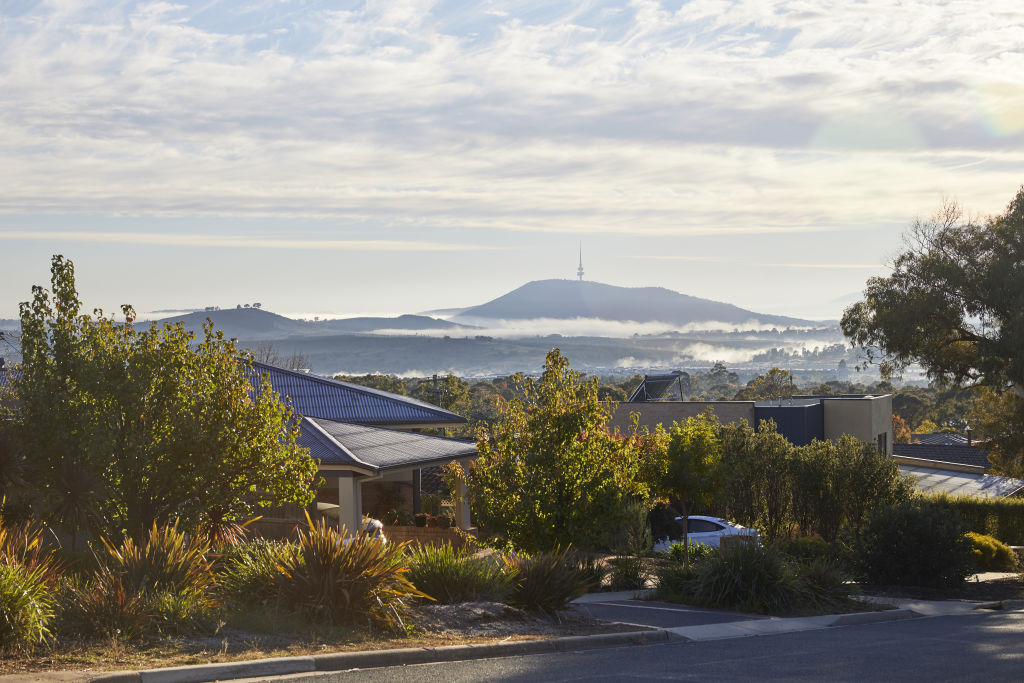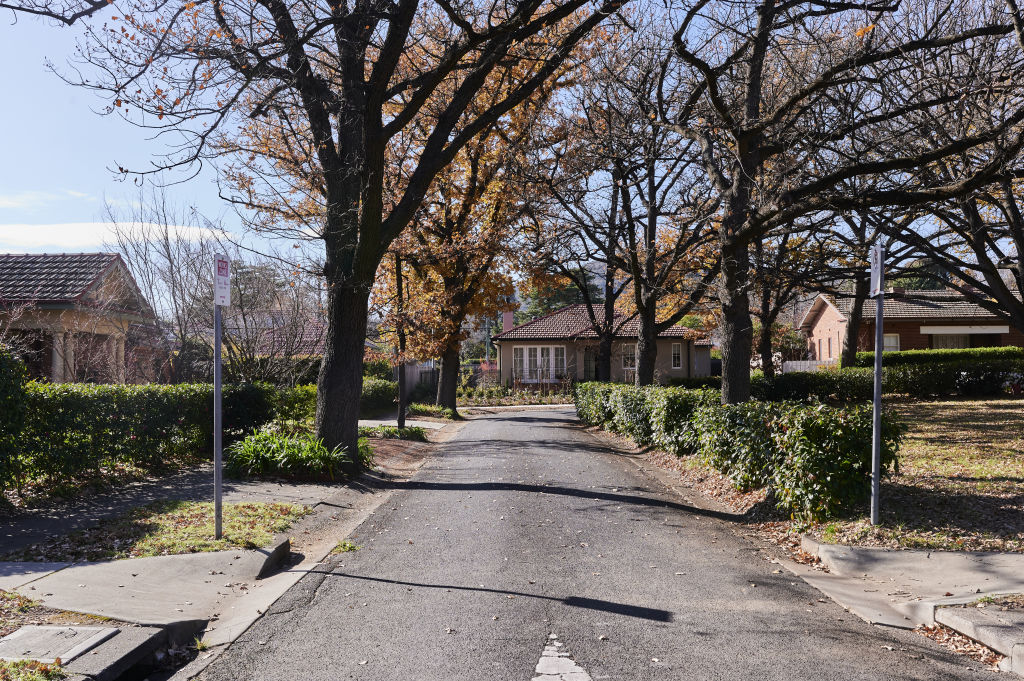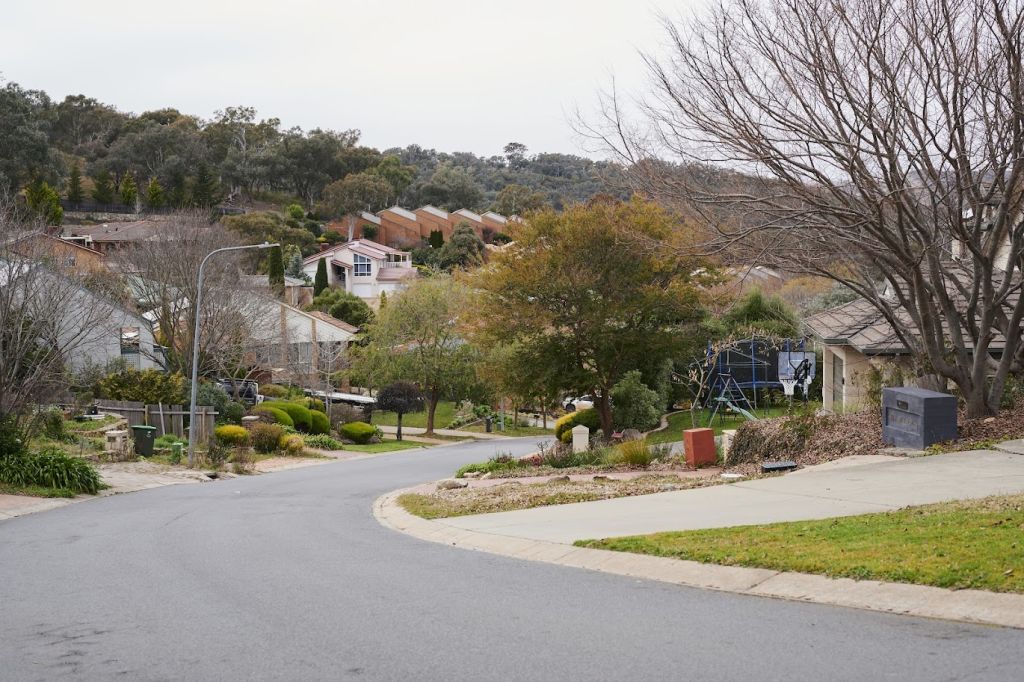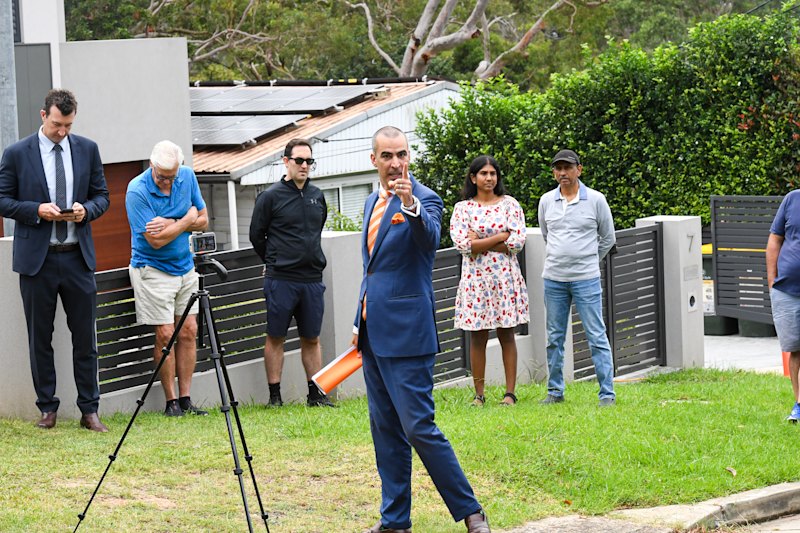What to expect in Canberra's property market in 2023

As the year comes to an end, the property market in Canberra finds itself at a different place to where it was at the beginning of 2022.
The latest Domain House Price Report for the September quarter revealed Canberra’s median house price was $1,096,114, around $70,000 below the peak reached in December 2021.
The fall in Canberra’s median house price over the September quarter was also the steepest drop on record after falling by 5.8 per cent, but a further 29.2 percentage point drop would be required to erase all the growth that emerged during the pandemic.
Anthony McCormack of Hayman Partners said he believed the decrease in house prices in Canberra will continue into the start of the new year.
“I think the first quarter of 2023 will be similar to what we just had … there may be continued downward pressure on prices until the interest rate decreases we have seen steady,” he said.
“Until that flattens out, I think we’ll continue to see some downward pressure, and then I think we’ll be back with a more balanced market.
“Buyers have clawed back a bit of ground in terms of having a little bit more negotiation power and leverage, which I think we’ll continue to see in the first quarter of 2023.”

Domain chief of research and economics Dr Nicola Powell said the price decrease is a result of changed consumer sentiment over the year, but downturns tend to be shorter and less severe than their respective price increases.
“The duration and steepness of an upswing tends to be longer and greater than a downturn,” she said.
“While property prices will continue to soften in 2023, it is unlikely they will erase all the growth seen during the pandemic boom.”
The successful sales of high-end homes but particularly those on the other end of the price spectrum will likely continue in Canberra, due to the fragmented nature of the current market, Powell added.
“There are numerous markets within a capital city, between property types and price points,” she said.
“Overall, entry-priced homes and units will hold firmer, particularly in our most expensive capital cities.
“This will be driven by the affordability barriers of purchasing, first-home incentives and deteriorating borrowing capacity steering demand to more affordable options.”
Limited land supply in Canberra will also influence the kinds of homes that will achieve successful sales into the new year, according to James Carter of Carter and Co Agents.
“The lack of land supply will increase the demand for new builds, or established homes, and even the knockdown rebuild market,” he said.
“This is on top of the continued demand around affordable housing options, and the popularity of quality homes.”

Carter also predicted the increased immigration into Canberra will have a significant impact on the rental market, which may not make things easier for tenants in the short term.
“We have seen the student population come back to pre-COVID levels, increasing the demand for some of the rental stock,” he said.
“If the impact of rising interest rates means that investors are exiting the market, this may put a significant amount of pressure on our rental market too.”
Canberra’s vacancy rate in November was 1.2 per cent, but despite being the highest measurement since December 2020, it still remains a landlord’s market, according to Domain data.
Powell added government incentives will also likely impact the vacancy rate in the capital.
“As part of the budget, the Australian government has increased its quota for the permanent Migration Program, to address the skills shortage gap,” she said.
“This is essentially the biggest immigration drive Australia has ever seen.”
We recommend
States
Capital Cities
Capital Cities - Rentals
Popular Areas
Allhomes
More









